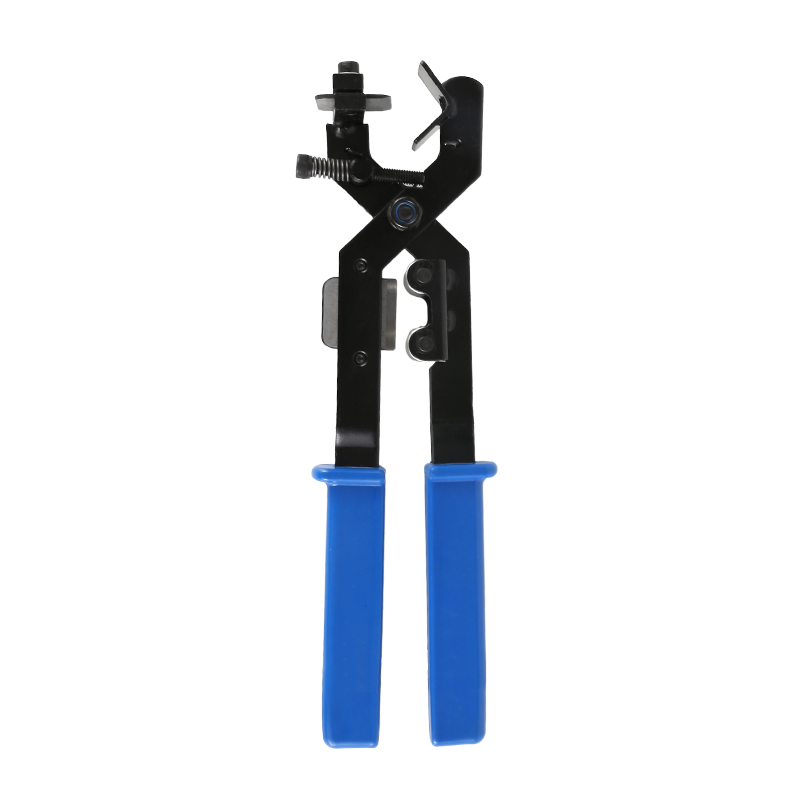 2025.05.09
2025.05.09
 Industry News
Industry News
A Heavy Duty Cable Stripper is an essential tool in electrical work, construction projects, and recycling operations. This reliable device is designed to handle thick cables, stripping away insulation cleanly and efficiently. However, like any specialized equipment, improper use can affect both safety and performance. To get many reliable results from a Heavy Duty Cable Stripper, it’s important to be aware of common mistakes that can occur during operation.

One of the many frequent errors is selecting the wrong blade depth on a Heavy Duty Cable Stripper. Different cables require different cutting depths, and using an inappropriate setting can damage the cable’s internal wires or leave sections of insulation uncut. Before beginning any task, always check the specifications of the cable you’re working with and adjust the Cable Stripper accordingly.
Another issue occurs when users rush through the stripping process. A Heavy Duty Cable Stripper is built for tough applications, but forcing the cable through the machine too quickly can cause uneven stripping, blade damage, or even cable breakage. It’s advisable to operate the equipment at a steady, controlled pace to allow the tool to perform properly and extend its lifespan.
Failure to secure the cable properly is another mistake seen with the Heavy Duty Cable Stripper. If the cable shifts during stripping, the cut may be irregular or incomplete. Many models come with a clamping mechanism or guide to hold the cable in position. Always take a moment to ensure the cable is correctly aligned and secured before starting the stripping operation.
Neglecting regular maintenance of the Cable Stripper is a problem that can result in reduced efficiency over time. Dull blades, misaligned cutting edges, and accumulated debris can all affect the quality of the stripping process. A simple routine of cleaning, lubricating, and checking the condition of the tool after each use will help maintain reliable performance.
Using a Heavy Duty Cable Stripper on cables it wasn’t designed to handle is another avoidable error. While these machines are built for tough applications, not all models are suitable for every type of cable. Attempting to strip severely thin wires or non-standard insulation materials can result in poor outcomes or even equipment damage. Always confirm that the Cable Stripper being used matches the job’s requirements.
Incorrect blade replacement is another common problem. Over time, the blades on a Heavy Duty Cable Stripper will wear down and need to be changed. Installing new blades without following the manufacturer’s instructions can result in misalignment or operational issues. It’s important to use compatible parts and ensure they are fitted securely to avoid cutting errors or machine malfunction.
Ignoring safety measures while operating a Heavy cable Stripper can also result in accidents or injury. Even though the tool is designed for safety, proper personal protective equipment, such as gloves and eye protection, should always be worn. Additionally, keeping hands away from moving parts and ensuring the machine is placed on a stable surface can prevent mishaps.
Some users make the mistake of stripping cables without inspecting them beforehand. Before placing a cable into a Heavy Duty Cable Stripper, check for kinks, bends, or embedded foreign materials. These defects can interfere with the cutting process and may damage the tool or the cable itself. A quick inspection can save time and avoid complications during operation.
Another oversight involves over-tightening the tension settings on a Heavy Duty Cable Stripper. Applying too much pressure can deform the cable or cause excessive strain on the machine. It starts with moderate tension and makes small adjustments as needed to achieve a clean strip without putting unnecessary stress on the tool.
Forgetting to properly store a Heavy cable Stripper after use is a minor yet impactful error. Exposure to moisture, dust, or direct sunlight can degrade the machine’s components over time. Keeping the tool in a clean, dry place will preserve its cutting performance and extend its service life.
In conclusion, while a Heavy Duty Cable Stripper is a reliable and powerful tool for handling thick cables, avoiding these common mistakes is key to achieving efficient and safe operation. By selecting the right blade depth, operating at a steady pace, performing regular maintenance, and adhering to proper safety practices, users can get dependable results from their Heavy Duty Cable Stripper for years of service.